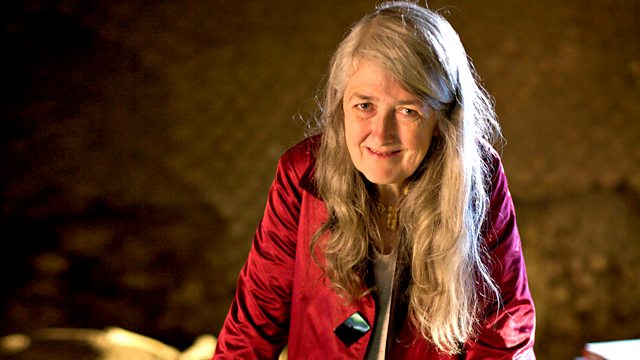Reflections on Monetary Union
With the euro in turmoil, Mary Beard reflects on the very first monetary union, two and a half thousand years ago, ironically masterminded by the Greeks in ancient Athens.
With the euro in turmoil, Mary Beard reflects on the very first monetary union, two and a half thousand years ago.
And she contemplates the detail of the modern euro coins. "Take a closer look at those heads-and-tails" she writes, "and you'll find some rather disconcerting angles on European history and politics".
She decides that it is the Greek Euro-coinage that offers the most food for thought. The bull on the back of the 2 euro coin is, in fact, part of a depiction of a rape. Zeus, the king of the gods turned himself into a bull and snatched Princess Europa. Mary says she understands why the Greeks wanted this scene on their coins. It suggests that "without Greece there would have been no Europe - that Greece had invented the continent". But she's never quite worked out "how the Greek people so easily came to terms with the idea of having a picture of rape jingling around amongst the small change in their pockets".
Then she turns her sights to the 1 euro coin, with its beady-eyed owl, an exact copy of a fifth-century BC Athenian coin. The little bird was the symbol of Athena, the protector of the city of Athens. In the fifth century BC, she points out, Athens was a democracy yet also "an exploitative empire, controlling many other states around the Mediterranean". The Athenians made their neighbours get rid of their own currency and use the owls instead. "Its hard to resist the conclusion", she says, "that the Athenian imperialists were using monetary union to display their political muscle - and hard not to imagine that vengeance for that has finally come, 25 centuries later".
Producer: Adele Armstrong.
Last on
More episodes
Previous
Broadcasts
- Fri 18 Nov 2011 20:50大象传媒 Radio 4
- Sun 20 Nov 2011 08:50大象传媒 Radio 4
Podcast
-
![]()
A Point of View
A weekly reflection on a topical issue.


